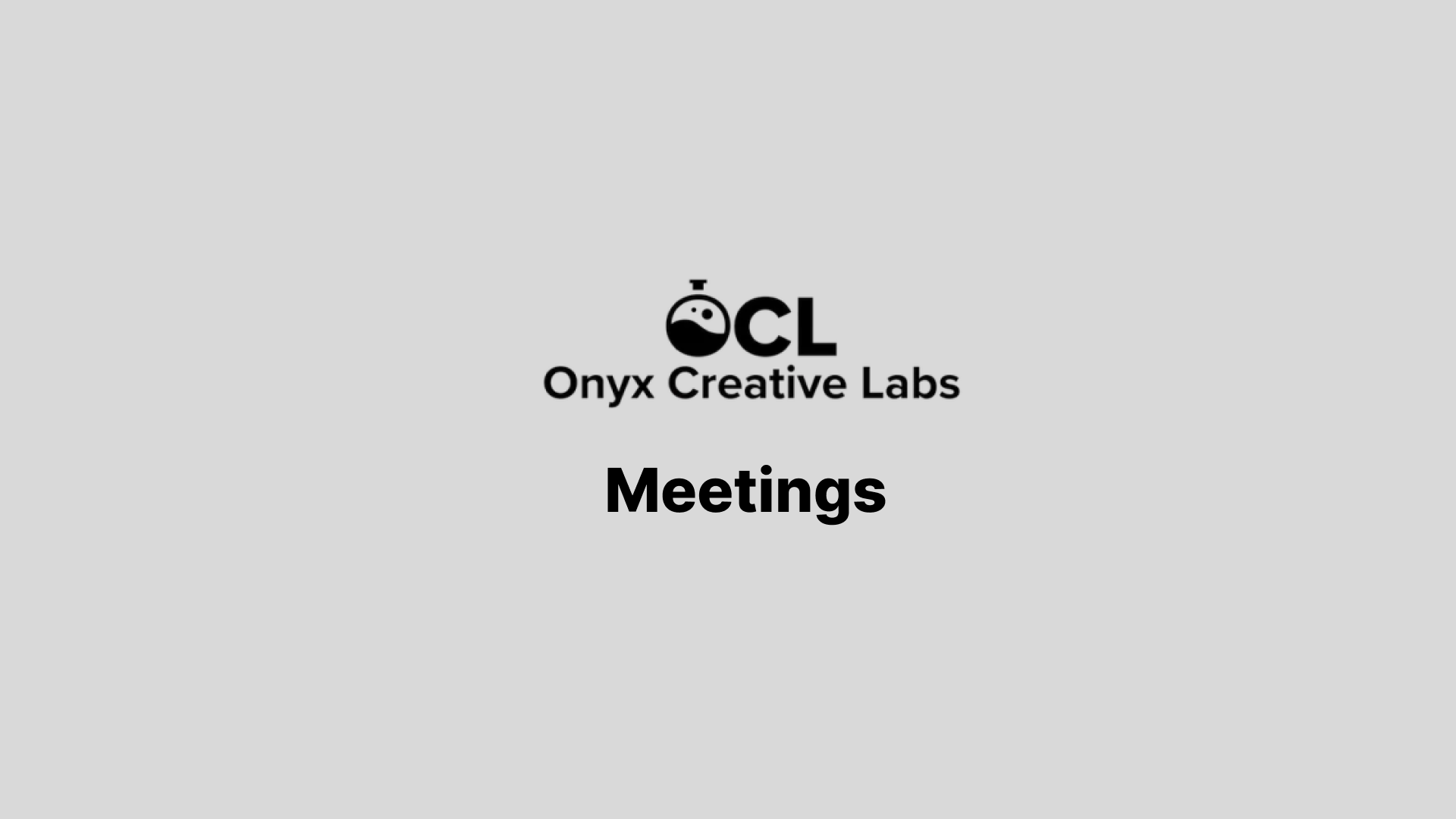
Adopting the Scrum framework can help non-profit organizations enhance collaboration, increase transparency, and improve the delivery of projects. Central to Scrum are regular and structured meetings that foster communication and facilitate the agile process. Here's how a non-profit organization can set a productive meeting cadence.
Section 1: The Scrum Framework – An Overview
- Scrum Basics: Sprints, Roles, and Artifacts
- Adapting Scrum to Non-Profit Projects
- The Importance of Regular and Effective Meetings
Section 2: Sprint Planning Meeting
- Frequency: At the start of each sprint (typically every 2-4 weeks)
- Participants: Scrum Team (including the Product Owner and Scrum Master)
- Duration: Proportional to sprint length (e.g., 2 hours for a 2-week sprint)
Section 3: Daily Scrum
- Frequency: Daily, at a consistent time
- Participants: Scrum Team members
- Focus: Quick check-in to synchronize activities and create a plan for the next 24 hours
- Duration: 15 minutes, strictly time-boxed
Section 4: Sprint Review
- Frequency: At the end of each sprint
- Participants: Scrum Team, stakeholders, and optionally, donors or beneficiaries
- Focus: Present completed work; gather feedback to adjust the backlog
- Duration: Typically 1 hour for a 2-week sprint
Section 5: Sprint Retrospective
- Frequency: After the Sprint Review and before the next Sprint Planning
- Participants: Scrum Team
- Focus: Reflect on the sprint; identify and plan improvements
- Duration: Typically 45 minutes to 1 hour for a 2-week sprint
Section 6: Backlog Refinement (Grooming)
- Frequency: Mid-sprint or as needed
- Participants: Product Owner, Scrum Master, and relevant Scrum Team members
- Focus: Review and refine the product backlog for future sprints
- Duration: No more than 10% of the team's capacity during the sprint
Section 7: Additional Considerations for Non-Profits
- Aligning Meeting Schedules with Volunteer Availability
- Remote Meeting Best Practices for Distributed Teams
- Minimizing Meeting Times While Maximizing Value